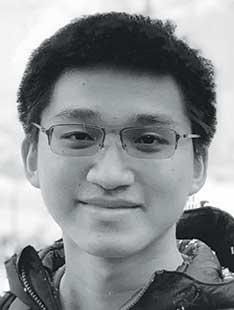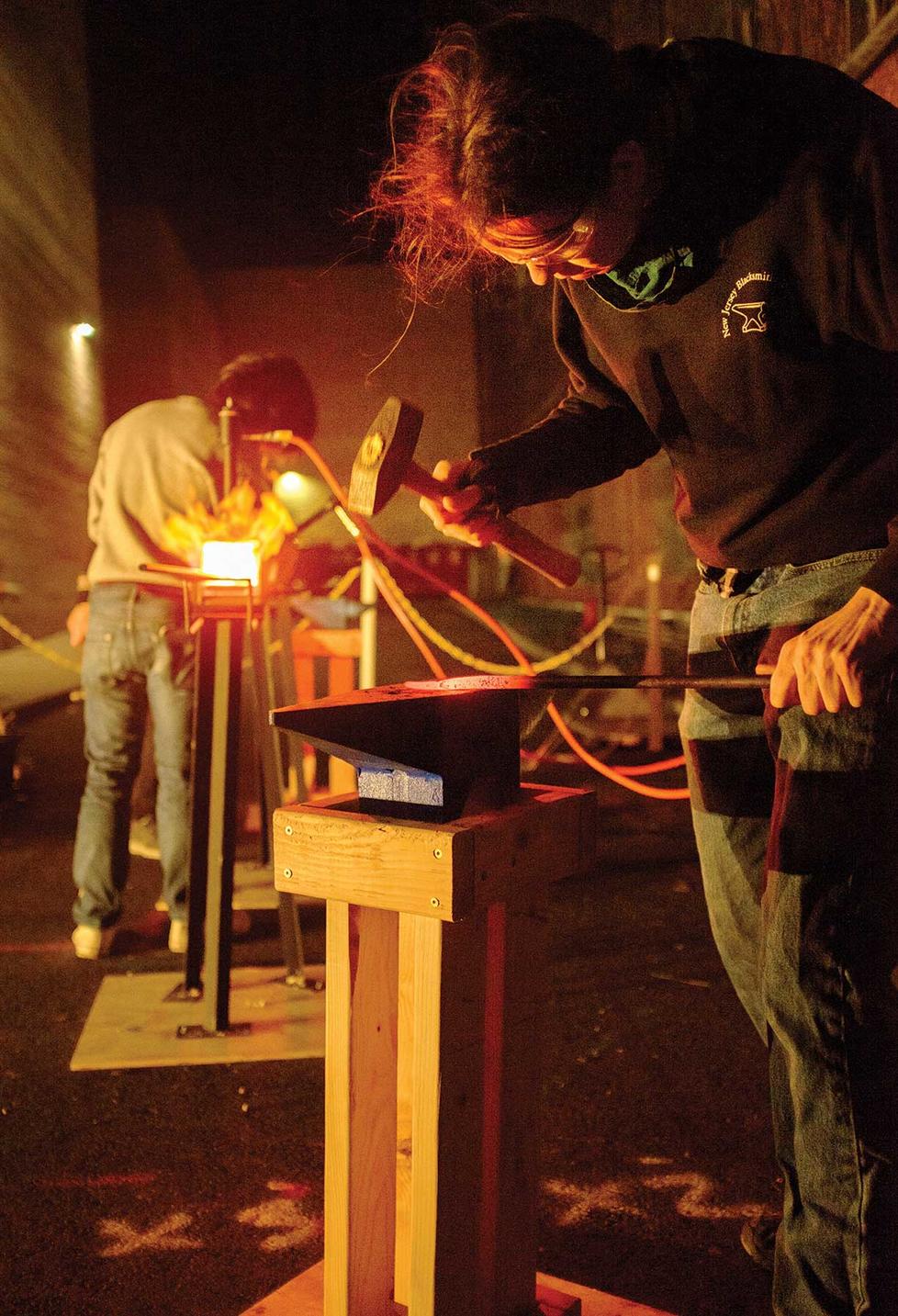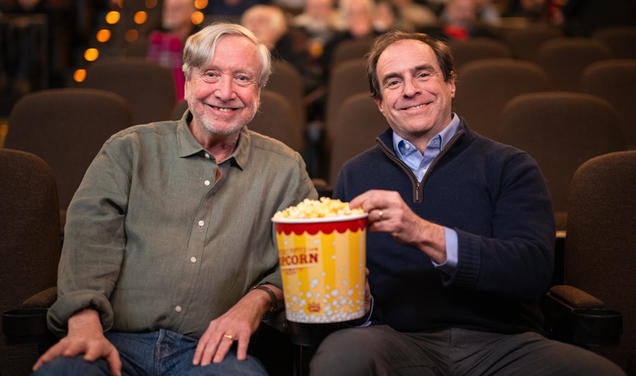
About once every two weeks, in an alley between Bowen Hall and the North Garage that is typically used as a loading dock, a group of Princeton students gathers around anvils and propane-fueled forges to craft spoons, ladles, metal punches, and other tools and trinkets. These “open forge” nights are hosted by Princeton’s Blacksmithing Club, founded in 2017 by Ryan Amos, now a sixth-year Ph.D. student in the computer science department.
Amos began blacksmithing as an undergraduate at Dartmouth College. His theater-shop class instructors hadn’t honored a promise to teach welding in the course, so he brought it up to them.
“They told me to pick a project, and I said I wanted to make a blacksmith’s forge,” Amos said. “I rigged up the jankiest forge you could possibly imagine, from sheet metal from a charcoal grill. That’s how I got started.”
Since then, Amos has focused on toolmaking, creating equipment like ladles and tongs. Along with practice and YouTube videos, he learned a lot from attending the fall 2015 New England Blacksmiths’ Meet. “I met this drunk farrier who was showing off all his skills, and he offered me a job,” Amos said. “I thought about it, and then I realized going to grad school was a better idea.”
At Princeton, Amos studies online consumer protection. In one project, he’s collecting Yelp reviews and investigating the conditions under which reviews are recommended to users.
When he first came to Princeton, Amos said, the only blacksmithing event on campus was “Hammer Time,” an annual program led by the Princeton Materials Research Society and the New Jersey Blacksmiths Association. For regular access to a forge, he organized informal gatherings to travel to the nearest available blacksmithing workshop, a 45-minute drive away. But students were interested in on-campus options as well.
Seeing the demand, Amos officially registered the club, secured a place to meet, and got some empty lab space to house equipment like propane tanks, hammers, and anvil stands. Professor Craig Arnold, director of the Princeton Institute for the Science and Technology of Materials, supported the club’s founding.
“Blacksmithing is an activity anyone can do,” Arnold wrote in an email to PAW. “There is something therapeutic in simply hammering a straight piece of steel into a curved hook or taking a square-shaped bar and twisting it into an imperfect spiral.”
With equipment limitations, meetings reach capacity at about five students. Over Amos’ time as club president, he estimates that he’s helped 150 students with blacksmithing projects.
“I think it’s nice to get your hands dirty and actually practice making something,” said Edvard Bruun, a blacksmithing club member and third-year Ph.D. student in civil engineering. “You feel really invigorated after you’ve gone through a process and you see the final result.”
Each project involves problem-solving and trial and error. “You’re going to burn so many things and ruin so many projects, but in my eyes that’s kind of the fun of it,” Amos said. “At the end of the day, this is something that people spend their entire lives mastering.”
In his last year at Princeton, Amos has been thinking about the future of the club, which canceled meetings for over a year during the pandemic before returning to its forges in the fall semester. The founder may be leaving, but Amos is confident that under the right student leadership, the club can thrive. “I think we’ve put together a nice infrastructure for people to use, and hopefully with some maintenance and care, it can last for a while,” he said.











0 Responses